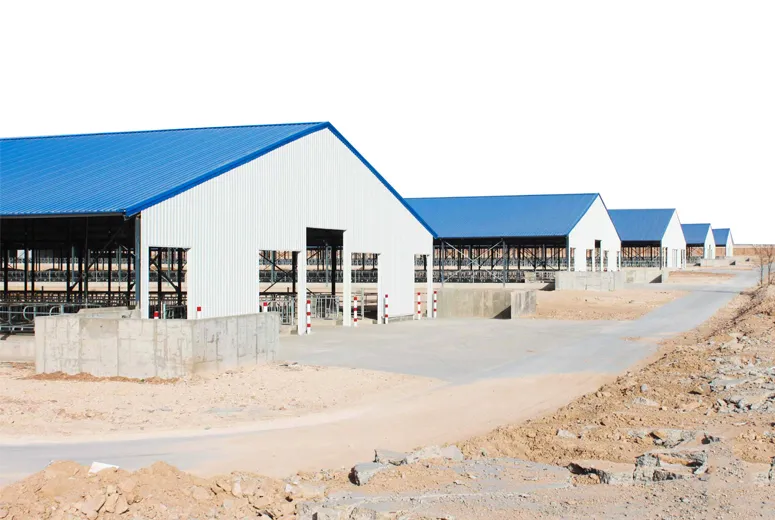- Afrikaans
- Albanian
- Amharic
- Arabic
- Armenian
- Azerbaijani
- Basque
- Belarusian
- Bengali
- Bosnian
- Bulgarian
- Catalan
- Cebuano
- Corsican
- Croatian
- Czech
- Danish
- Dutch
- English
- Esperanto
- Estonian
- Finnish
- French
- Frisian
- Galician
- Georgian
- German
- Greek
- Gujarati
- Haitian Creole
- hausa
- hawaiian
- Hebrew
- Hindi
- Miao
- Hungarian
- Icelandic
- igbo
- Indonesian
- irish
- Italian
- Japanese
- Javanese
- Kannada
- kazakh
- Khmer
- Rwandese
- Korean
- Kurdish
- Kyrgyz
- Lao
- Latin
- Latvian
- Lithuanian
- Luxembourgish
- Macedonian
- Malgashi
- Malay
- Malayalam
- Maltese
- Maori
- Marathi
- Mongolian
- Myanmar
- Nepali
- Norwegian
- Norwegian
- Occitan
- Pashto
- Persian
- Polish
- Portuguese
- Punjabi
- Romanian
- Russian
- Samoan
- Scottish Gaelic
- Serbian
- Sesotho
- Shona
- Sindhi
- Sinhala
- Slovak
- Slovenian
- Somali
- Spanish
- Sundanese
- Swahili
- Swedish
- Tagalog
- Tajik
- Tamil
- Tatar
- Telugu
- Thai
- Turkish
- Turkmen
- Ukrainian
- Urdu
- Uighur
- Uzbek
- Vietnamese
- Welsh
- Bantu
- Yiddish
- Yoruba
- Zulu
Dec . 12, 2024 11:20 Back to list
Steel Warehouse Construction A Comprehensive Overview
In today's fast-paced industrial landscape, the demand for efficient, sustainable, and cost-effective storage solutions has skyrocketed. Steel warehouse construction has emerged as a favored choice for businesses looking to maximize their storage capabilities while ensuring long-term durability and structural integrity. In this article, we will delve into the benefits, design considerations, and the construction process associated with steel warehouses, highlighting why this material has revolutionized the way we think about storage.
Advantages of Steel Warehouses
One of the primary reasons for the popularity of steel in warehouse construction is its strength-to-weight ratio. Steel frameworks can support large spans and heavy loads, making them ideal for accommodating diverse storage needs, from pallets of goods to heavy machinery. Unlike traditional materials like wood or concrete, steel structures do not warp, crack, or shrink, which translates to lower maintenance costs and longer lifespan.
Moreover, steel is an environmentally friendly option. It is recyclable and can be sourced from recycled materials, contributing to a decrease in the carbon footprint associated with manufacturing processes. This sustainable approach resonates well with businesses that prioritize corporate social responsibility and seek LEED certification for their facilities.
Another key advantage of steel warehouses is their expedited construction timeline. Prefabricated steel components can be manufactured in a controlled environment, allowing for quick assembly on-site. This efficiency minimizes downtime and helps businesses get up and running faster, a critical factor in maintaining competitiveness in a global market.
Design Considerations
When planning a steel warehouse, several design considerations come into play. First and foremost is the intended purpose of the warehouse. Will it be used for storing goods, manufacturing products, or serving as a distribution center? The layout and dimensions must cater to the specific operations and provide optimal workflow efficiency.
Height is a crucial factor in warehouse design. Steel structures can achieve impressive heights, allowing for vertical storage solutions such as pallet racks, which optimize space utilization. Furthermore, incorporating features such as high-bay storage systems can enhance efficiency, enabling forklifts to stack and retrieve items quickly and safely.
steel warehouse construction

Another important aspect of design is insulation and energy efficiency. Steel warehouses can experience fluctuating temperatures, so proper insulation is vital to protect inventory and reduce energy costs. Integrating energy-efficient lighting, HVAC systems, and natural light through skylights can significantly enhance the overall sustainability of the facility.
The Construction Process
The construction of a steel warehouse typically follows a systematic approach, beginning with site preparation. This includes clearing the land, grading, and ensuring proper drainage to prevent water accumulation that could damage the structure.
Once the site is ready, the foundations are laid, which must be robust enough to support the steel frame. This foundation work is critical as it ensures stability and helps distribute the weight of the warehouse evenly across the ground.
After the foundation is complete, steel columns, beams, and trusses are erected to create the framework of the warehouse. This phase is usually rapid due to the ease of assembling pre-cut steel components. Following the structural framework, contractors move on to install roofing, siding, and any internal divisions, ensuring compliance with safety regulations and building codes.
Finally, functionality meets aesthetics. Interior spaces are fitted with racking systems, shelving, and necessary industrial equipment, while loading docks and walkways are designed for safe and efficient employee movement.
Conclusion
In conclusion, steel warehouse construction offers a blend of strength, efficiency, and sustainability. Its numerous advantages, from durability to reduced environmental impact, make it a practical choice for businesses looking to optimize their storage solutions. As industries continue to evolve, steel warehouses stand at the forefront, providing versatile and robust structures that meet the diverse needs of modern enterprises. As we advance into a new era of construction, it's clear that steel will remain a cornerstone in the future of warehouse design and construction.
-
How Do Prefabricated Steel Structures Transform Modern Construction?
NewsJul.14,2025
-
How Do Prefabricated Metal Buildings Redefine Modern Construction?
NewsJul.14,2025
-
How Do Prefab Insulated Metal Buildings and Steel Structures Revolutionize Modern Construction?
NewsJul.14,2025
-
How Do Pre - Engineered Steel Structures Redefine Modern Construction?
NewsJul.14,2025
-
Advancing Modular Construction with Prefabricated Metal Structures
NewsJul.14,2025
-
Advancing Industrial Infrastructure with Prefabricated Steel Solutions
NewsJul.14,2025
Products categories
Our Latest News
We have a professional design team and an excellent production and construction team.












